Every motorcycle has its strengths and weaknesses. That’s a given. But, some weaknesses are more glaring than others.
Often the topic in comment sections, internet forums, and Facebook Groups, these fatal flaws come to define the bikes themselves. When customer complaints reach critical mass, manufacturers can do one of two things: ignore them or address them. If recent releases are any indication, brands are opting for the latter.
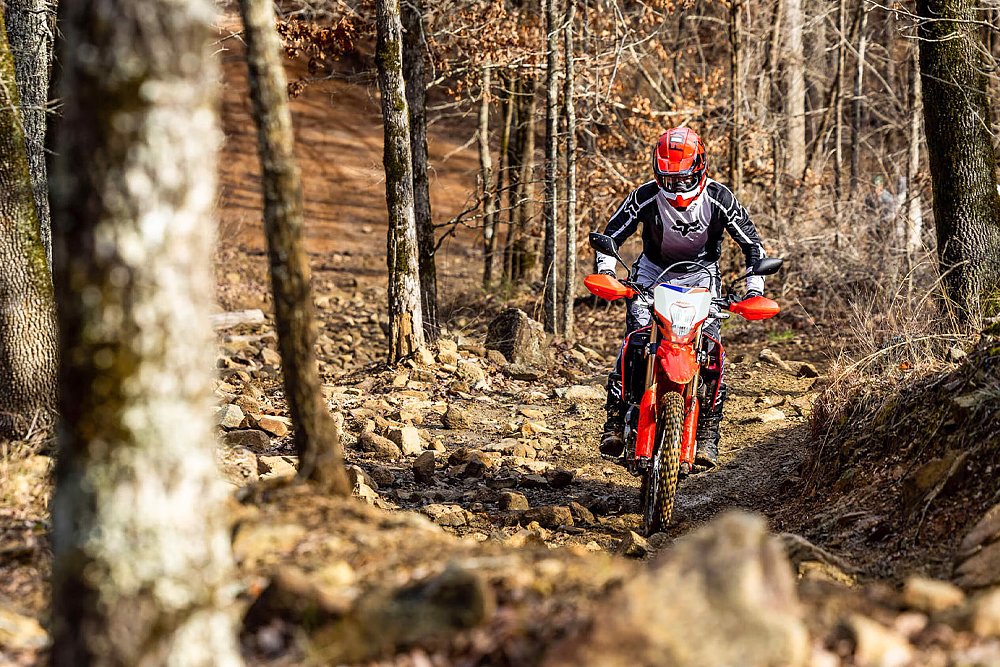
Exhibit A is Honda’s CRF300L and CRF300L Rally. While owners laud the dual-sport duo for their usability, reliability, and affordability, their undersprung suspension is a source of disappointment. Many potential buyers understand that upgrading the stock fork and shock is all but inevitable (Ari sure did). Honda hopes to change that narrative in 2025.
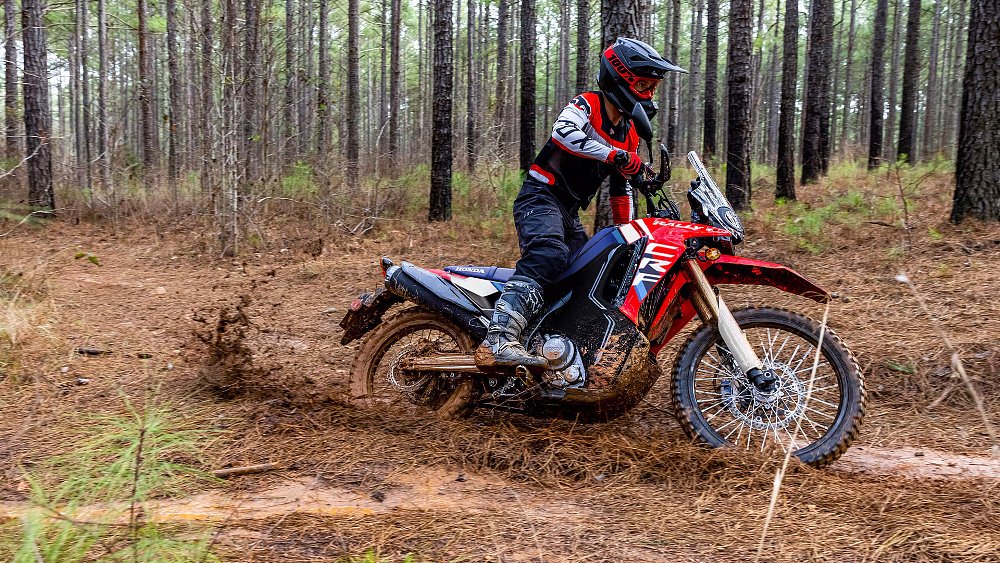
Thanks to updated fork damping and a stiffer rear shock, the new models are reportedly more resistant to bottoming. Big Red also swapped out the shock’s rubber bushing for a bearing, which it claims improves the shock’s smoothness and longevity. While that’s welcome news, only customer feedback will determine whether or not the new stock suspenders will change the reputations of these two otherwise-popular models.
Addressing customer complaints doesn’t always require additions. Sometimes — like in the Yamaha Tracer 9’s case — subtraction is the better route. Renamed the Tracer 9 GT in 2021, the model gained IMU-informed rider aids and electronically controlled suspension. Lest we forget the side cases, which were included as standard. It was a lot of change. Yet, more changes were just around the corner.
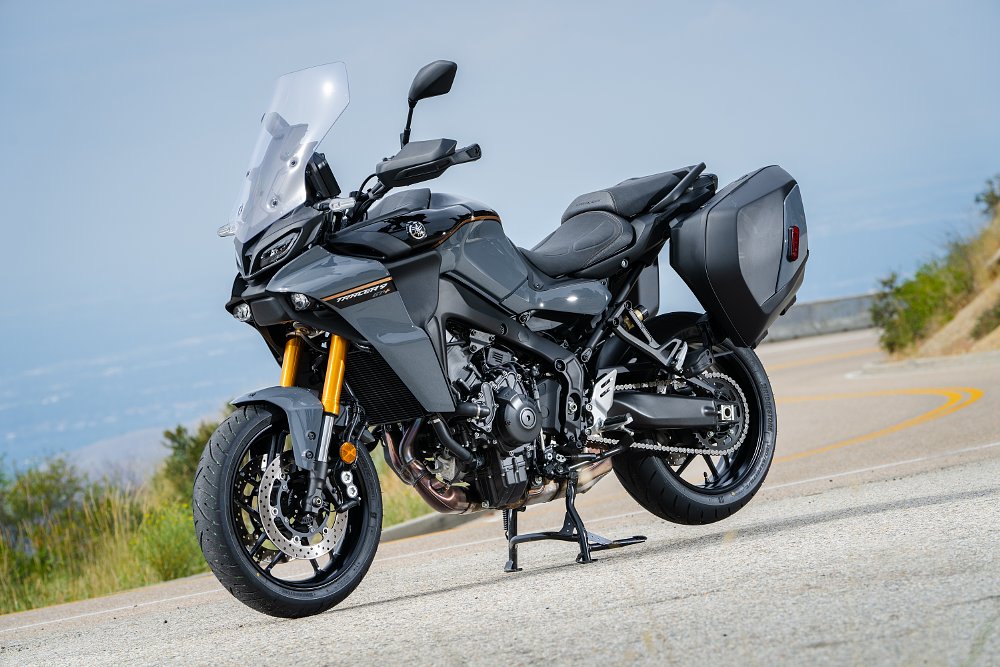
By 2024, Team Blue tacked a “+” to the end of the Tracer 9 GT’s nameplate. That small title tweak equated to a big technological boost. Yamaha’s revised sport-tourer now touted radar-based adaptive cruise control. It even featured a unified braking system that leveraged data from both the radar unit and IMU. Those premium preparations helped push the Tracer 9’s price tag to $16,499, which may have been a bridge too far for the middleweight touring class.
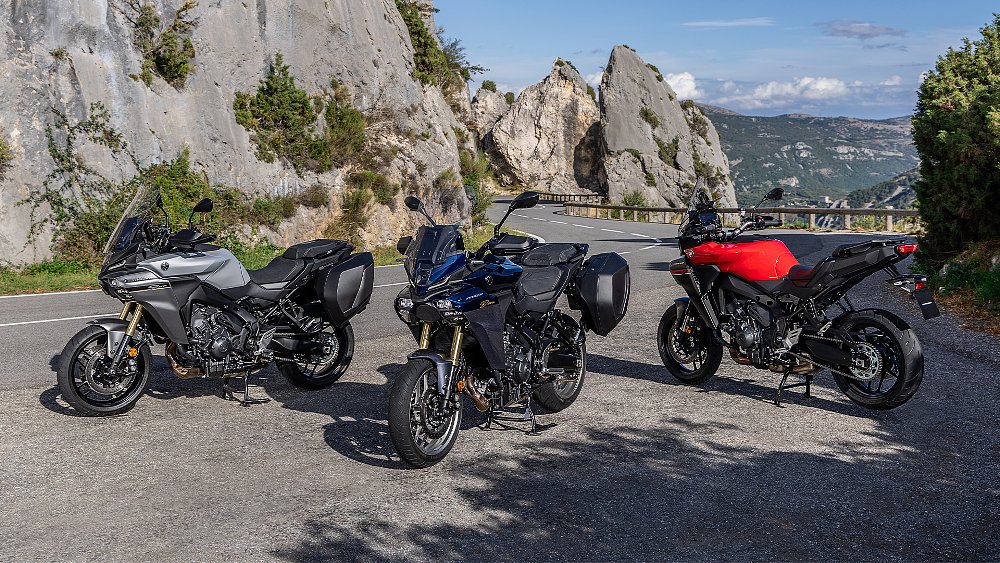
The model returns in 2025, but only in its base form. The saddlebags remain. The unified braking system doesn't. Gone too is its semi-active suspension and front-mounted radar. So is the $16,499 MSRP. Now, the Tracer 9 starts at $12,599. It isn’t the only model to drop its price in 2025, either.
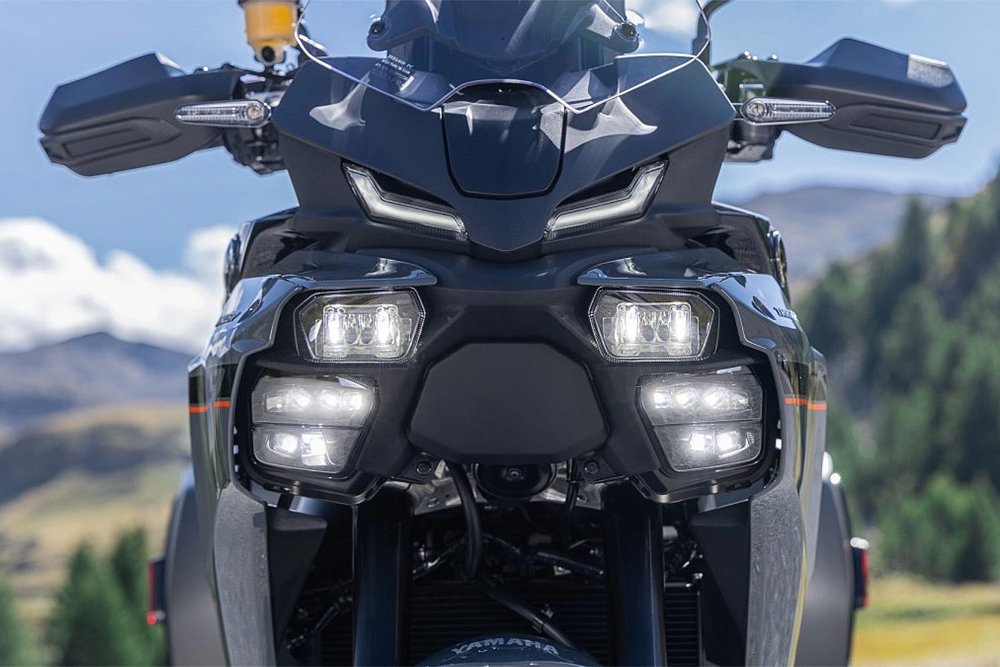
When the Nightster 975 hit the scene in 2022, it was Harley-Davidson’s most affordable cruiser at $11,999. Apparently, it wasn’t affordable enough. Earlier this year, the brand slashed the bike’s MSRP to $10,499. The price cuts didn’t end there. Just last week, H-D dropped the Nightster to $9,999, putting it on par with the Indian Scout Sixty Bobber’s asking price.
Unlike the Tracer 9, the Nightster loses none of its features in 2025. It still boasts three ride modes, traction control, and Brembo brakes. While the nearly 17% discount stands to attract new customers, existing Nightster owners are probably wondering what their extra $2,000 paid for. Still, the markdowns show that the Milwaukee OEM is listening to its customers, or at least it’s listening to the sales reports.
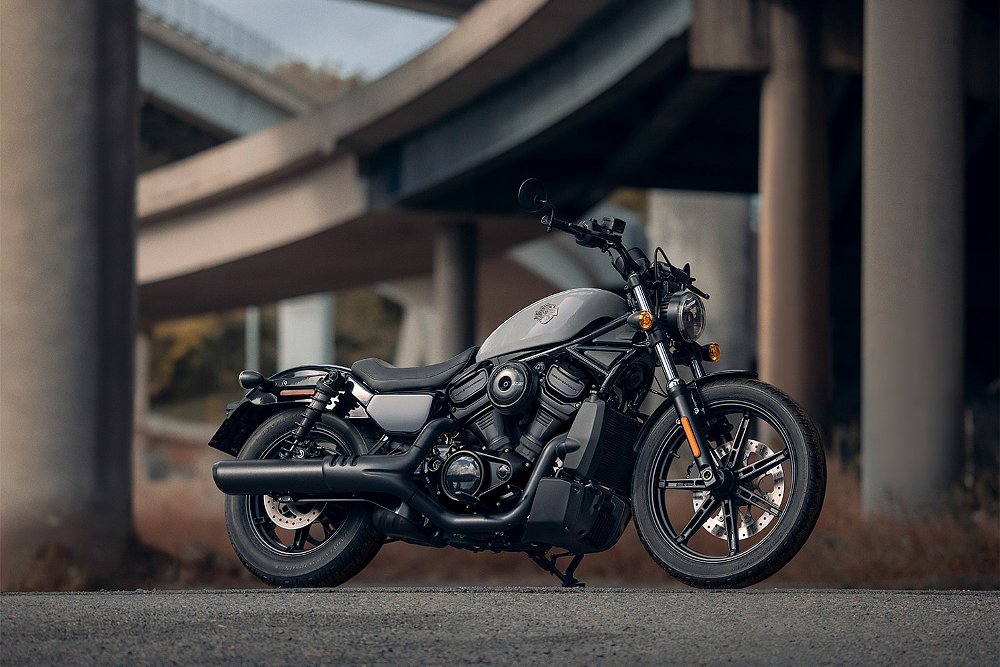
Honda, Yamaha, and Harley aren’t the only manufacturers with their ears to the ground. After calls for a more capable version of KTM’s 390 Adventure, Team Orange unveiled the 390 Adventure R. BMW came to the same conclusion about its G 310 GS, showcasing the F 450 GS concept at EICMA 2024. Even Suzuki heeded customer feedback by adopting fuel injection on its new DR-Z4S and DR-Z4SM. (Although, it still doesn’t benefit from a six-speed gearbox. C'est la vie.)
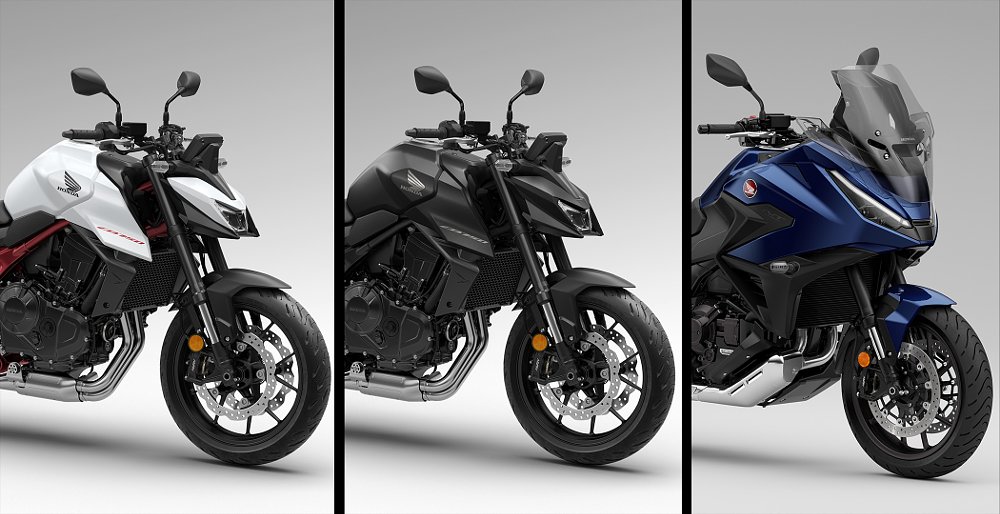
Even with the most recent updates, some customer complaints continue to fall on deaf ears. Will the Yamaha ever fix the hole in the MT-09’s second-gear powerband? Will American Honda ever release the Transalp in any color other than black (maybe in the Ross White or Pearl Deep Mud Grey offered in Europe for starters)? Will Kawasaki ever increase the Versys-X 300’s displacement? Questions only answerable by motorcycle OEMs and time itself. Until then, it’s good to know that when riders speak, manufacturers are actually listening.











